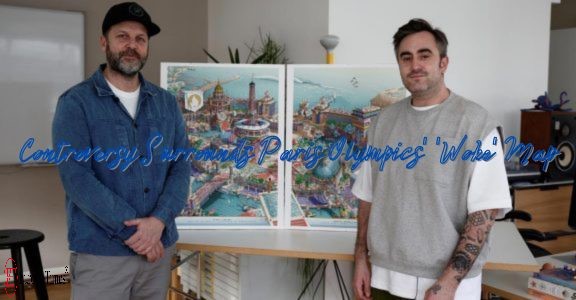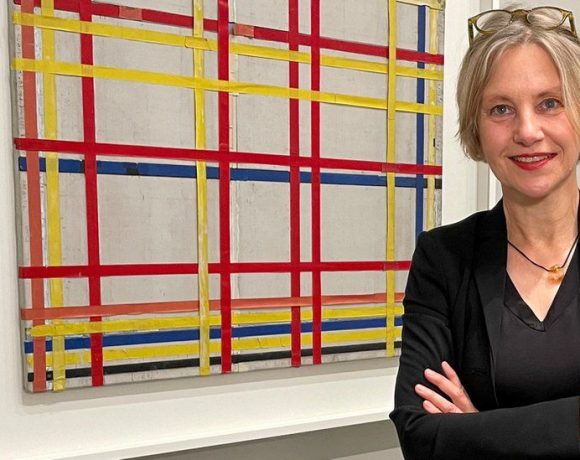
The artist behind the official poster for the upcoming Paris Olympics responded to criticism alleging that his artwork neglects French identity and Christianity. Ugo Gattoni, the designer, defended his creation, describing it as a vibrant and celebratory depiction of Paris.
Critics, particularly conservatives, have taken issue with the absence of prominent symbols such as the French tricolour and a cross on the Hôtel des Invalides. Some politicians accused the creators of the poster of attempting to erase France’s history and identity.
Gattoni explained that his intention was to convey a lively and festive atmosphere, rather than making any political statements. He emphasized that the buildings in his artwork were drawn based on his creative vision, without any underlying agenda.
The organizing committee also defended the poster, describing it as a whimsical interpretation of a transformed city-stadium, featuring various sports and landmarks. They stressed that the inclusion of the French flag colors and other national symbols should dispel any politically motivated interpretations.
Meanwhile, the Hôtel des Invalides has become embroiled in another controversy concerning proposals for Saudi Arabia to construct an Olympic village on its grounds. The French Armed Forces Ministry stated that negotiations with Saudi Arabia were ongoing but emphasized that any use of the Invalides site would be subject to strict conditions.
Some politicians, including right-wing MP Nathalie Serre, voiced opposition to the idea, asserting that certain historical sites like the Invalides should not be subject to commercial interests.
The Paris Olympics are scheduled to take place from July 26 to August 11, followed by the Paralympics from August 28 to September 8.
Picture Courtesy: Google/images are subject to copyright

